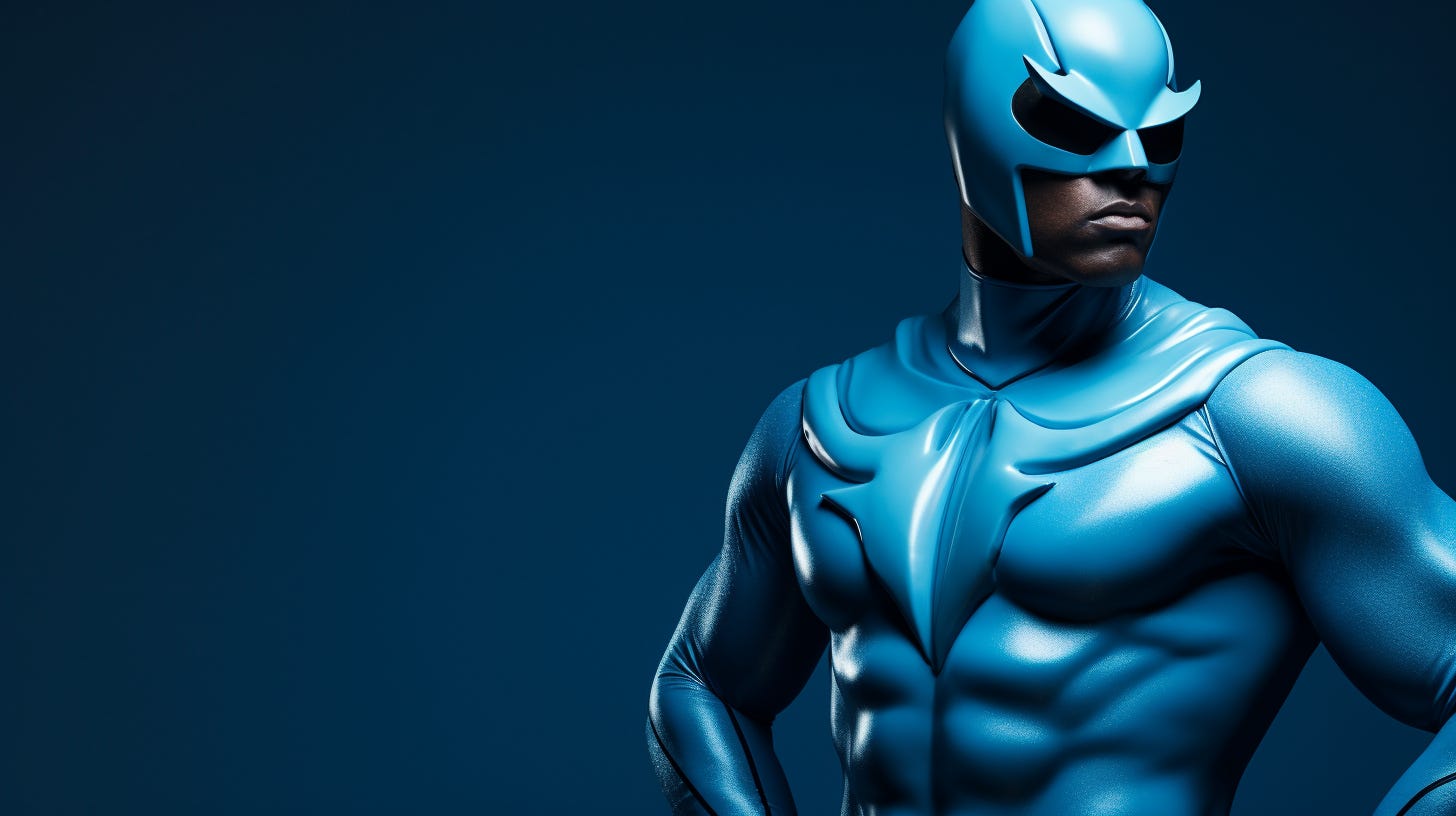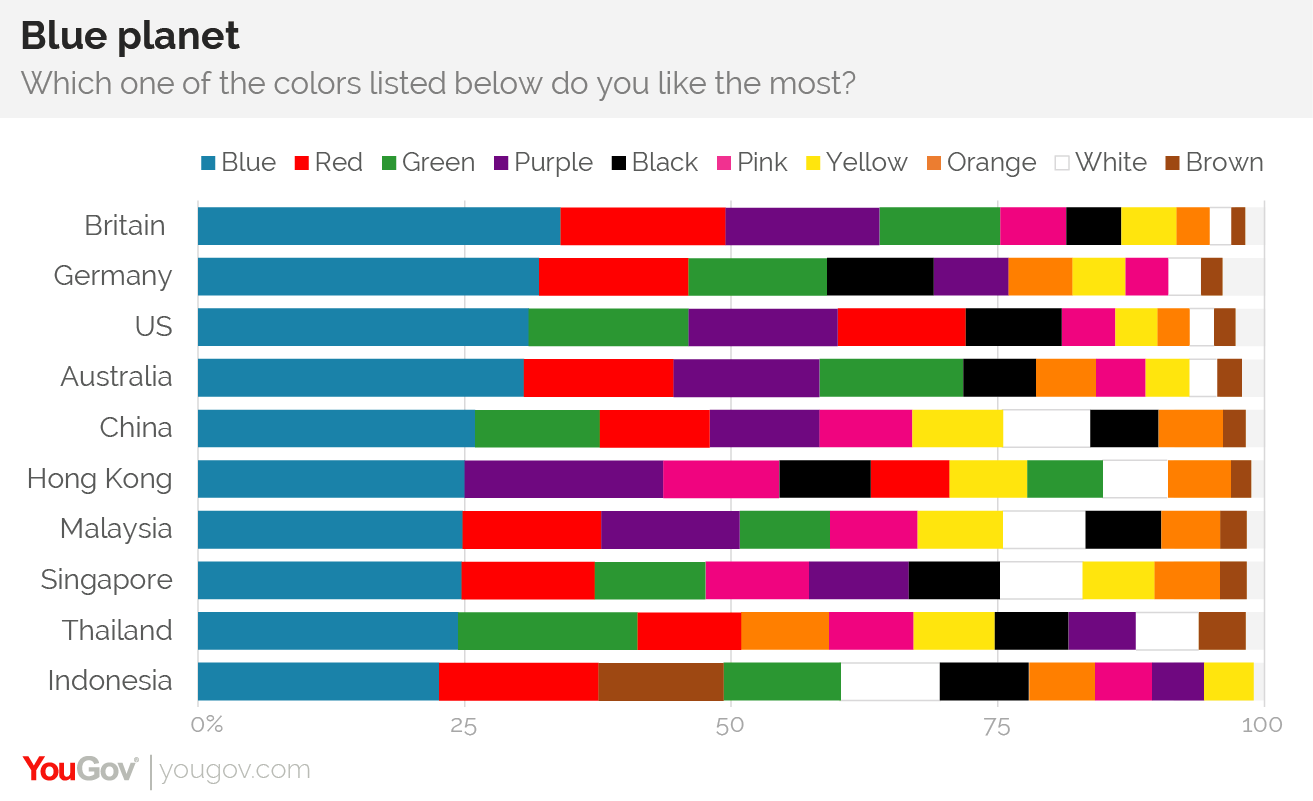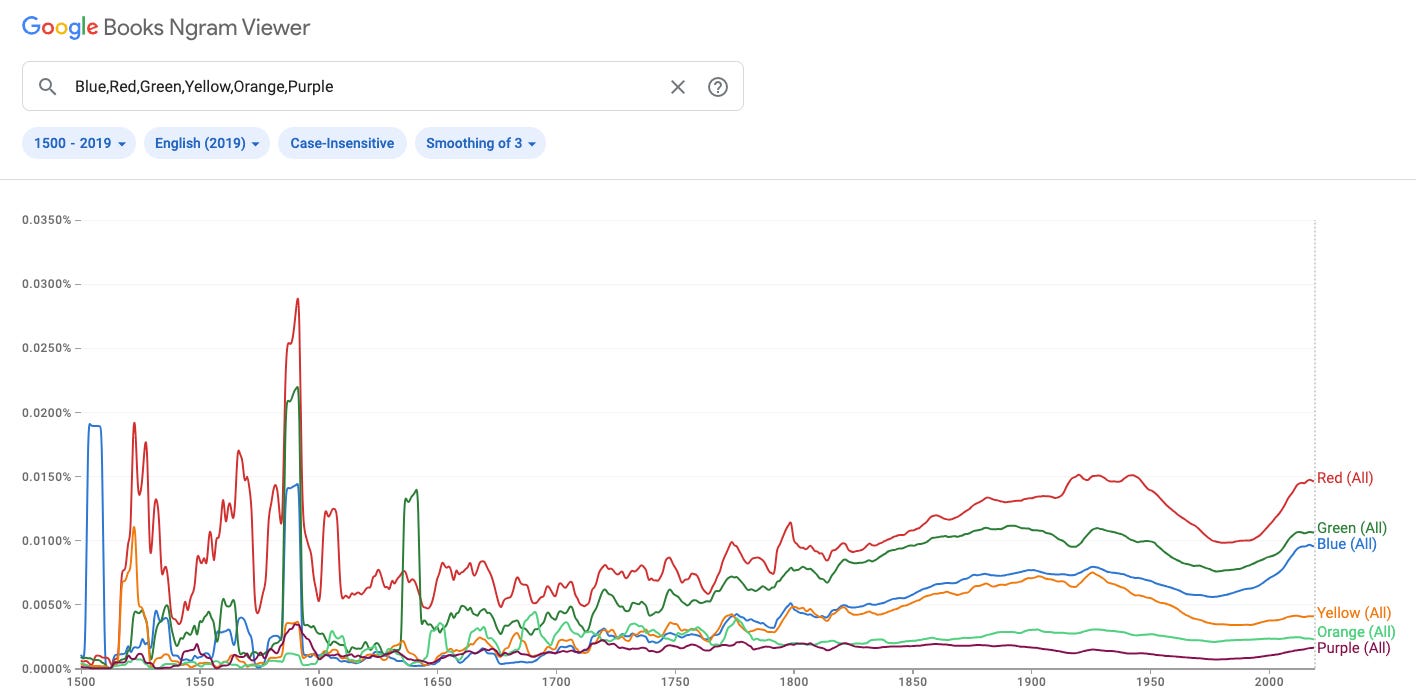Blue Color Psychology
A deep dive into the psychology and meaning of the color blue, specifically with regard to website design.
My favorite color is blue. Turns out, I’m not alone.
A 2015 YouGov survey of 10 countries and four continents found that:
one color – blue – is the most popular across the board. Between 23% (in Indonesia) and 33% (in Great Britain) like blue most out of the colors listed, putting it 8-18 points ahead of any other colour.
But maybe we shouldn’t leap to blanket conclusions about the popularity of specific colors.
A 2017 online survey that solicited 30,000 submissions from more than 100 countries found that the color teal was preferred by most respondents.
I mean, teal is kinda blue, right? It’s blue/green.
But a 2019 study published in the journal Perception found that color preferences can diverge wildly among different cultures.
If we turn to the Google Ngram Viewer, which allows us to search for the frequency of words cited in books from 1500 to 2019, we can see that the word blue is rarely the most cited color across time:
We can conclude, then, that the popularity of a given color is dependent upon context.
For our purposes, though, the popularity of colors is less important than the meanings and associations they convey.
What Does The Color Blue Mean?
Scientifically, blue refers to colors humans perceive when light with a dominant wavelength between approximately 450 and 495 nanometres hits our eyes.
Shades of blue with a higher frequency and therefore a shorter wavelength will gradually look more violet. Shades of blue with a lower frequency and a longer wavelength will appear more green. Pure blues are found in the middle of this range, at about 470 nanometres.
What Does The Color Blue Symbolize?
Symbolism for the color blue takes many forms and can be employed in many different situations, depending upon the context in which the color is used.
Keep reading with a 7-day free trial
Subscribe to The Reputation Algorithm to keep reading this post and get 7 days of free access to the full post archives.




